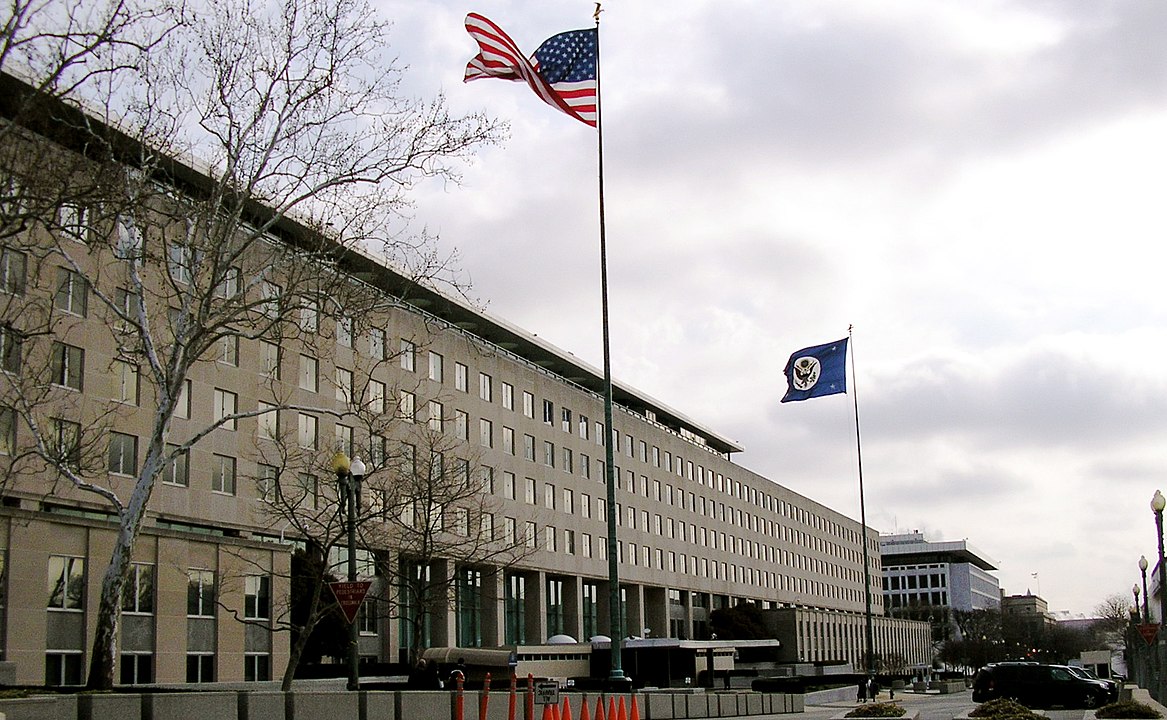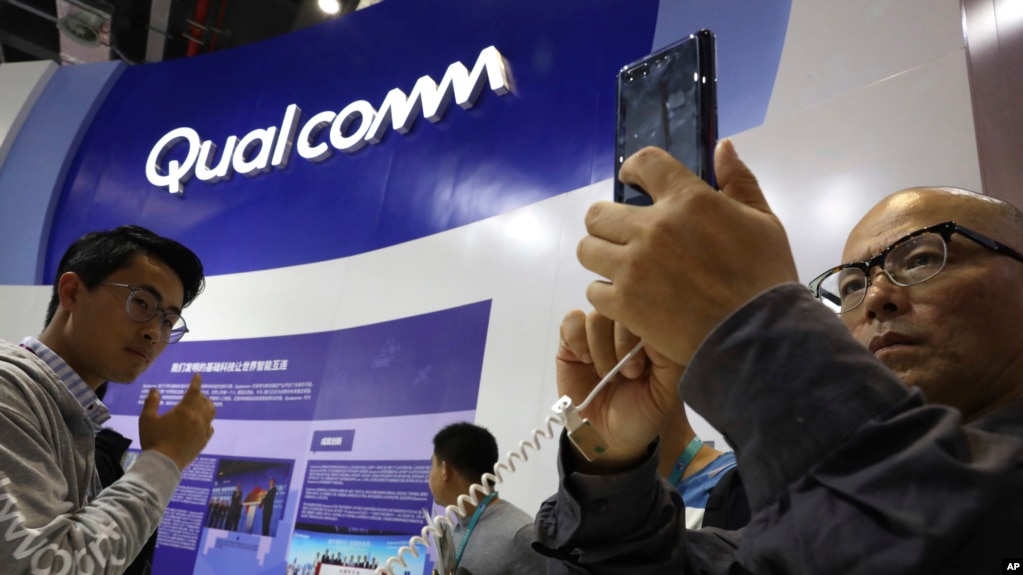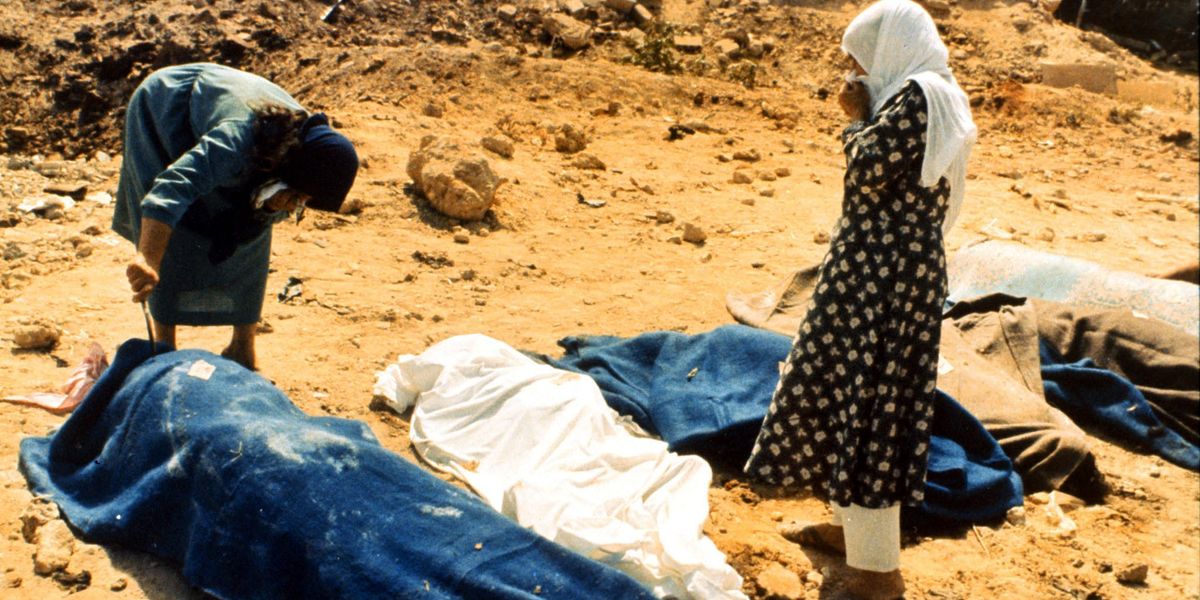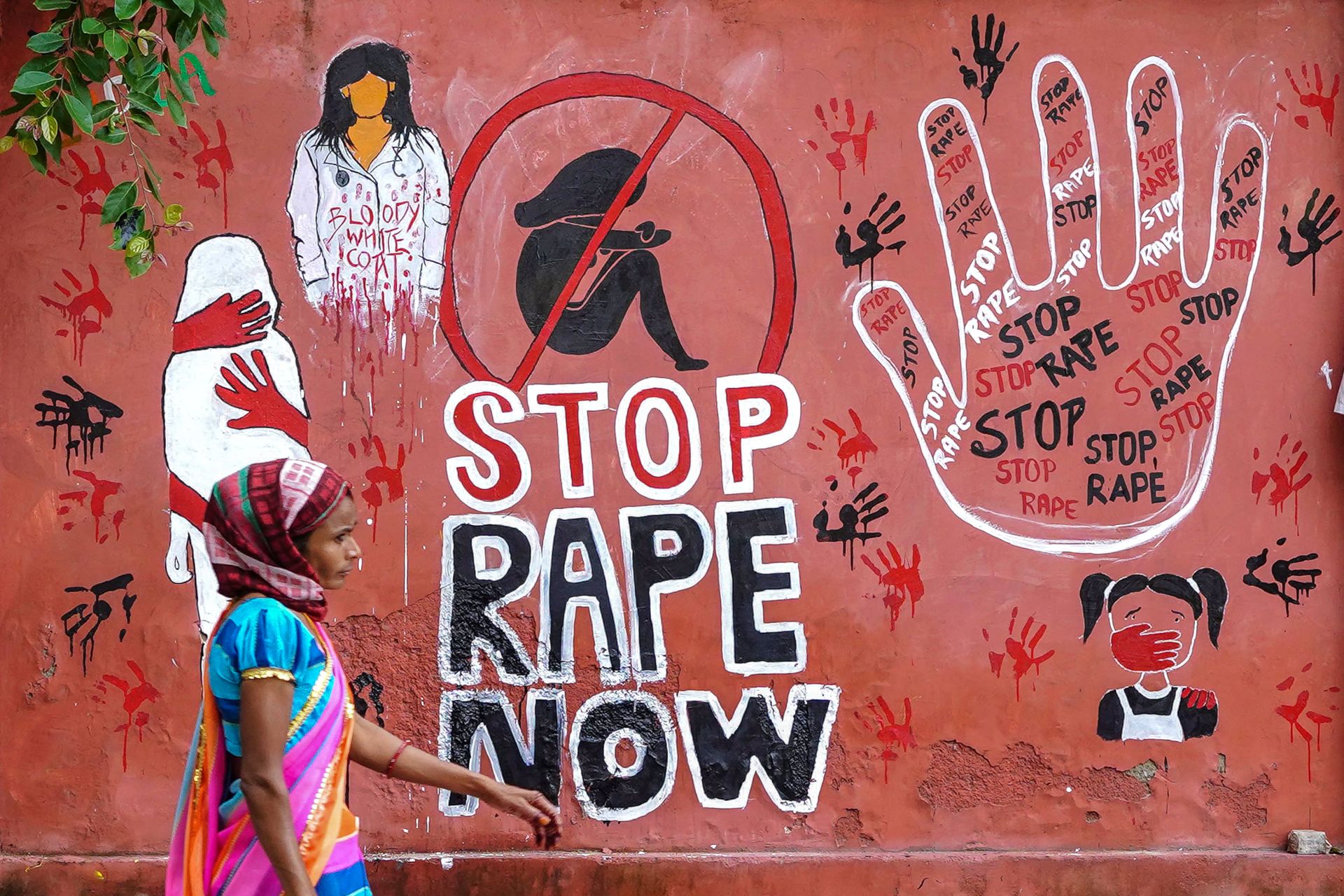Whenever rape makes the news in India, one particularly horrific instance is brought up. In the winter of 2012, a 22-year-old woman was brutally raped on a bus by six men after a movie night with a friend. Her injuries were so gruesome that she died two weeks later and the details so gory that widespread protests were sparked across the country. Drawing international attention, the case led to New Delhi — or perhaps India — being dubbed the world’s “rape capital.”
The attack prompted a series of legal and judicial interventions, including an expansion of the definition of rape and the institution of fast-track courts. Prison sentences were increased from seven to 10 years and the death penalty was introduced for cases of gang rape of a girl under the age of 18 that leads to death or a persistent vegetative state.
The incident shook the nation’s conscience and triggered an intense public discussion of rape and gender-based violence. It seemed that Indian society was finally grappling seriously with the reality on the ground.
I was on the verge of completing high school then and I am on the cusp of turning 30 now, yet every time a new rape case gets media attention in India, a question recurs: Why has the situation not changed in over a decade?
Earlier this month, the ghastly rape and murder of a trainee doctor in a prominent Kolkata hospital caused similar outrage across India. The 31-year-old doctor was resting in a lecture hall after a late-night shift when the attack occurred. She was found dead in a seminude state the next morning in the hall. Women around the country took to the streets, particularly at midnight, united by the “Reclaim the Night” slogan that has galvanized protests in response to violence against women since its origin in the U.K. in the 1970s. They held banners that said “Women, seize the night — the night is ours.”
The police later arrested a volunteer working for them at the hospital. But many speculated that it was gang rape and alleged that the police did not conduct a thorough investigation. There was also outcry over the manner in which the hospital administration informed the woman’s family about her death, claiming that it was suicide.
The protests grew when a mob of men attacked a group of protesting doctors outside the hospital in Kolkata on the eve of India’s Independence Day on Aug. 15 and vandalized the protest site. It led to a strike over several days by doctors in different parts of the country. The nation’s mood was solemn on Aug. 15 at a time that’s usually celebratory. Prime Minister Narendra Modi, in his customary speech, said that he shared the public’s anger.
In West Bengal, junior doctors have continued to strike despite the Supreme Court issuing a deadline for them to return to work by the evening of Sept. 10. Recently, Chief Minister Mamta Banerjee, a prominent woman politician whose government has come under fire since the incident, offered to resign amid the standoff with the doctors.
The week that the Kolkata rape case came to light, a series of rapes had taken place in different parts of the country. A long list of them circulated online. They included a case in Punjab, when a woman’s family members allegedly gang raped a man’s sister as revenge after the couple eloped. In Uttarakhand, a nurse was on her way home from work when she was allegedly raped and killed. Her body was dumped in a vacant plot. In Tamil Nadu, a woman was allegedly gang raped by a friend and his associates near her home in Thanjavur.
It is slowly dawning on a section of Indian society that it has to deal with a larger epidemic of rape in the country. “There is not one rape to protest but a deeply embedded rape culture,” said a recent editorial in The Free Press Journal.
Since 2012, around 30,000 cases have been recorded each year in India. The number peaked in 2016 with nearly 39,000 cases, and according to official records, over 31,500 cases of rape were registered in 2022. But the number could be significantly higher since cases are unreported due to the stigma surrounding sexual violence and lack of confidence in police investigations.
Legal counselors have highlighted how the police often delay filing “first information reports,” without which an investigation cannot begin. In the Kolkata case, the Supreme Court of India noted that the police had filed a report “almost 14 hours” after the incident became known. The victim’s father alleged that the police rushed the family to cremate her body even though they wanted to keep it for some time.
In media reports, legal counselors have noted that police officers in India often pass moral judgments on women when they report sexual assault. They also chastise their family members. Former cops have also opined on how few officers are trained in handling sexual assault cases. As per Indian law, women officers should be filing the first report in cases of rape and sexual assault, but since there is a paucity of women officers in Indian police forces (only 15% of them are women), men are in charge of recording statements.
Moreover, whether a case becomes one of the handful that receive mainstream media attention depends on several factors, such as the region, the politics involved and the social class of the victim. For instance, media observers later argued that the 2012 case prompted intense media outrage only because the incident took place in an upscale part of Delhi, where many journalists reside. Similarly, in March a Spanish blogger’s gang rape in a rural district of India received widespread attention because it involved a foreign tourist.
Since 2012, several studies and media reports have attempted to fill in the gaps to understand women’s experiences in male-dominated public spaces and how their life is governed by a culture of patriarchy and misogyny. Several women have come forward to share their stories of abuse and rape retrospectively. In 2017, when the #MeToo movement took the world by storm, I also found the courage to write about my own experience of being sexually abused as a child for The Indian Express, a national daily I worked for, and was flooded with emails from people sharing their own stories. I read every email and it was a powerful experience. Since that national conversation, more Indian women have been finding the courage to speak up and speak out against gender-based harassment and abuse and families are more willing to report the crimes.
However, little has been written to understand the worldview of Indian men and the cultural milieu they operate in, which enables them to commit such violent acts. Pop culture that objectifies women’s bodies, rape jokes, rape threats on social media — all have contributed to a culture that gives impunity to men because little or no action is taken against it.
While scholars the world over have made attempts to understand the psyche of rapists, in India there have only been a handful of studies. One of them is by criminologist Madhumita Pandey, who spent hundreds of hours speaking to over 100 rape convicts in Delhi’s Tihar Jail in 2013. Her conclusion was simple: Most of them were ordinary Indian men, raised in a patriarchal, conservative society with an immense sense of male entitlement and sexual privilege and a complete lack of sex education.
This point was an essential intervention because the Indian media often brands men who commit rape as “monsters” and creates a sense that the highlighted cases are an anomaly. It has led to a perception that perhaps rape and assault comes down to the individual and is not a social issue.
“In my experience, a lot of these men don’t realise that what they’ve done is rape. They don’t understand what consent is,” wrote Pandey in The Conversation, pointing out that rape for them was a way of asserting their power, dominance and authority, and to punish and put someone in their place.
For her book “Why Men Rape: An Indian Undercover Investigation” (2020), Indian journalist Tara Kaushal interviewed nine men convicted of rape. She recounts a conversation with some young men in rural Maharashtra, a state in western India, who told her that most people around them would hear about rape in the news but didn’t understand what it really meant.
During her interviews, Kaushal also found that none of her nine subjects understood the meaning or necessity of consent from a female partner in a sexual relationship or respected them as individuals with their own unique identities. One of them, a serial gang rapist, even refused to accept the idea of rape.
Kaushal highlights that media reportage on extraordinary rape cases had also led to a perception among young men that rape is when a group of three to four men pull out a knife and force penetration with a woman, but it is not rape when it is between a man and a woman, and the latter has not consented or is not interested.
Giving an insight into how men perceive women, one of them told Kaushal that most women are “kaam chalau” (which roughly translates as “makeshift” or “temporary”), who are to be only used for sex. He explained to her how men are praised when they “go around” with multiple women.
However, when he found that a woman whom he had slept with was “giving it” to other men, he confronted, verbally abused and physically assaulted her. Kaushal further added that a common perception among men is that if they have slept with a woman once, the need for consent ceases.
A police officer told Kaushal that men commit sexual violence to “enjoy” and win a competition over sexual prowess among friends.
In the BBC documentary “India’s Daughter,” about the 2012 Delhi gang rape case, Mukesh Singh, one of the convicts who was later hanged, said raping her was their “right” as they were in “an enjoyment mode.” “Everyone has the right to enjoyment. Rich people have money, so they do it with money, and we have the courage, so we’ll do it by courage,” he said.
On the night of the rape, he said the group was out partying, which meant drinking alcohol and going to G.B. Road, Delhi’s red-light district, until they encountered the victim. He said they expected her to not fight back and silently endure it, and that she would not tell anyone out of shame. But because she resisted, they got more aggressive with her and wanted to teach her a lesson.
The lesson was that she could not breach this boundary of power. “Men and women are not equal. Housekeeping and household chores are for girls, not roaming in discos and bars at night,” he said. “A decent girl won’t roam around at 9 o’clock at night. … The girl is as much to blame as the boy, maybe more.”
M.L. Sharma, the lawyer who represented the convicted rapists and who features in the documentary, added that the 22-year-old (who was called “Nirbhaya,” meaning fearless, since Indian law doesn’t permit the press to publish names of rape victims) had left her morality and reputation as a doctor (she was a physical therapy intern) behind the moment she left her home with a man who was neither her husband nor brother. “She left as a girl and came out as a woman,” he said.
Fellow lawyer A.P. Singh added that “a girl is like a diamond who needs to be protected, if you put it on the street, certainly the dog will take it.” He said a man and woman cannot be friends and the presence of a woman would immediately put sex in the man’s mind.
These views are not an anomaly but emblematic of a patriarchal and misogynistic culture that governs Indian society. Historically, a family or community’s honor has been tied to women’s virginity in India, and South Asia at large, and one way families are punished is by raping their women in a bid to bring them shame.
Moreover, public spaces in India have traditionally been male-dominated. Men have had the right to simply loiter and hang around, whereas women need specific reasons to be out of the house. Hence their presence is always seen as an intrusion.
In her book, Kaushal also explains how young men and boys in India operate under immense peer pressure to conform to masculine violence. They are bullied into showing their masculinity, and when they do not conform, they are ostracized by their friends and considered effeminate. In a deeply segregated society, Kaushal finds little space for men and women to have healthy conversations and friendships.
Last year, when Indian filmmaker Kanu Behl’s “Agra” premiered at the Cannes Film Festival, it was a rare attempt — perhaps the first — to explore Indian men’s lack of personal space and repressed sexuality and how it leads to aggression and sexual violence. (The film has not yet been released in India.)
The film’s protagonist, Guru, is an ordinary, small-town Indian man who works at a call center and lives in a house with his mother, his father and his father’s new partner. He is also lonely and desperate and often looks for connections on online sex group chats.
In one of the most significant scenes in the film, the audience sees that in a weak moment, when Guru is feeling emasculated and rejected, his cousin consoles him and shows concern. But he mistakes that for lust and attempts to assault her.
In her book, Kaushal writes that none of her subjects received sex education in school. An 18-year-old accused rapist had first learned about sex when older boys in his vicinity showed porn clips to him, an experience considered a rite of passage among boys.
This absence of sex education in Indian schools was explored for the first time in popular cinema when the Hindi film “OMG 2” was released last year as a sequel to a popular 2012 film that dealt with atheism and religion in Indian society.
In “OMG 2,” the protagonist Kanti’s teenage son, Vivek, is bullied by his classmates who tease him about the size of his penis. Ashamed and insecure, he finds misinformed ways of “fixing” the problem, such as overdosing on unprescribed medicine and excessive masturbation. Eventually, when a video of him masturbating goes viral on social media, Vivek is expelled from school and his family is shamed into leaving the town. However, Kanti decides to go to court, where he makes the case for sex education in schools and argues its absence leads to disrespectful behavior toward women.
Sex education is hardly discussed in schools and homes in India. At home, curious children and teenagers are often shunned by parents because it is considered taboo to talk about sex and sexuality openly in Indian families. There is a perception that “openness” about sex education will “spoil” the children or “turn” them into homosexuals.
In fact, the Indian government, which prepares the school curriculum, removed chapters on sex education as part of its recent National Education Policy in 2020 — a decision that many educators and psychiatrists think is influenced by these conservative attitudes and misconceptions.
As a result, the topic remains taboo in Indian households and experts say unresolved intrapsychic conflicts around sex get passed on from generation to generation.
In the absence of sex education, boys and young men receive their half-baked knowledge about sex and misogynistic ideas about women from porn. While the sale and circulation of pornography is restricted and illegal in India and the government banned over 1,000 porn sites in 2018, porn continues to be circulated and accessed through WhatsApp and Telegram groups, where people have been caught for selling rape videos and child pornography.
Young men and boys can also buy porn clips for as little as 50 cents at local mobile shops where people usually go to buy prepaid phone plans in India. Shopkeepers also tend to store contact details of young women and girls, which they later sell, basing their prices on women’s looks. Later, men stalk women with calls and send obscene photos. In 2017, according to a Hindustan Times report, 90% of the calls made to an Uttar Pradesh police helpline for women were to report harassment over the phone.
In India, rape victims tend to become online bait, and there is an explosion of search queries for videos or photos of them after the incident comes to light. For instance, an India Today investigation recently revealed that when rumors were circulating that the Kolkata doctor’s rape had been filmed and uploaded on the internet, a “plethora of links and multimedia files” offering purported videos flooded Telegram groups.
According to Google Trends, there was a surge in searches for the doctor’s name, paired with words like “rape” and “porn.” Similarly, in 2018, when an 8-year-old Muslim girl belonging to a nomadic tribe was gang raped and murdered, her name trended on porn sites.
Online rape threats add another dimension to this culture, which has emerged as a way for men to express backlash against vocal and assertive women on social media. The journalist Rana Ayyub and the actor Swara Bhaskar have received thousands of rape and death threats for being critical of the Indian government.
Much has been written to critique how Indian cinema has normalized stalking as a form of romantic persuasion and sexualized women by portraying them as objects of desire. One of the ways it does so is by adding “item numbers” to films to increase their marketability. “Item” is a popular Mumbai slang term for a “sexy woman” and an item number is a song and dance sequence with racy, suggestive lyrics with a female star at its center.
Despite the discourse, and sometimes because of it, pop culture continues to glorify sexual violence and hypermasculinity. For instance, Haryanvi rap — mainly produced by popular Delhi-based rappers — which has found immense popularity in the last couple of years, reinforces a very violent patriarchal mindset and reasserts male dominance in Indian society. (Haryanvi is a dialect of Hindi that is spoken in parts of Delhi and the adjoining state of Haryana). Yet there has been no criticism of Haryanvi hip-hop in mainstream Indian media.
Take a look at the song “Kaleshi Chori” (“Problematic Girl”), which has over 39 million views on YouTube and nearly 83 million streams on Spotify. It went viral on Instagram for months. In it, Delhi-based rappers Raga and DG Immortals euphemistically depict rape, even though one of them ironically says in the song: “Rap karte hain hum, rape nahi karte” (“We rap and don’t rape”). In the hook of the song, they not only tell the woman that her car is being chased and she will not be able to escape them but also that she is responsible for whatever happens to her.
In “Kandi Aurat” (“Scandalous Woman”), a song that was released last year and has nearly 1 million views on YouTube, Delhi rapper Bella tells the woman to pray and save herself from him. He says if he bangs on her door, she should say her beloved has come home, and later complains that whenever he teases or touches her, she ends up calling her father.
Popular cinema, which has historically defined social and cultural attitudes in the country, is not far behind in its approach to gender-based violence. In 2019, film director Sandeep Reddy Vanga’s deeply polarizing 2019 film “Kabir Singh” was panned by critics for celebrating toxic masculinity and glorifying intimate partner violence. But Vanga justified it as an expression of passion in romance.
The outrage against his film was so huge that he said he would be even more blatant in his next film. In 2023, he returned with “Animal,” starring popular actor Ranbir Kapoor, in which he took the glorification of toxic masculinity a few notches higher. In a sequence in the film, audiences saw the male lead woo the female lead by making a case for alpha men and emphasizing their hunting prowess.
Despite criticism, “Animal” was among the most successful films of 2023, collecting over $110 million at the box office. Many dubbed it an “anti-feminist film,” an example of how feminist discourse in the country is posing a challenge to male authority and prompting a backlash. Feminist activists and scholars have also linked this to increasing incidents of violence against women.
In “The Silence and the Storm” (2019), a book on violence against women by Indian journalist Kalpana Sharma, she briefly highlights how discussions on gender tend to ignore men: Little effort is made to understand the impact of socialization and family on the roles men are pushed to play. But she also points out the disparity in discourse between men and women. “While some young women have begun thinking and talking about issues like consent, the men are still stuck in some kind of a time warp,” she writes.
Hence, the discourse on rape and sexual assault needs to be expanded so that it includes men and looks at the rape culture at large that grants impunity to men. Until Indian society reckons with the idea that rape is a larger epidemic it has to deal with, cases like the one in Kolkata will be discussed as an anomaly and not the norm.














